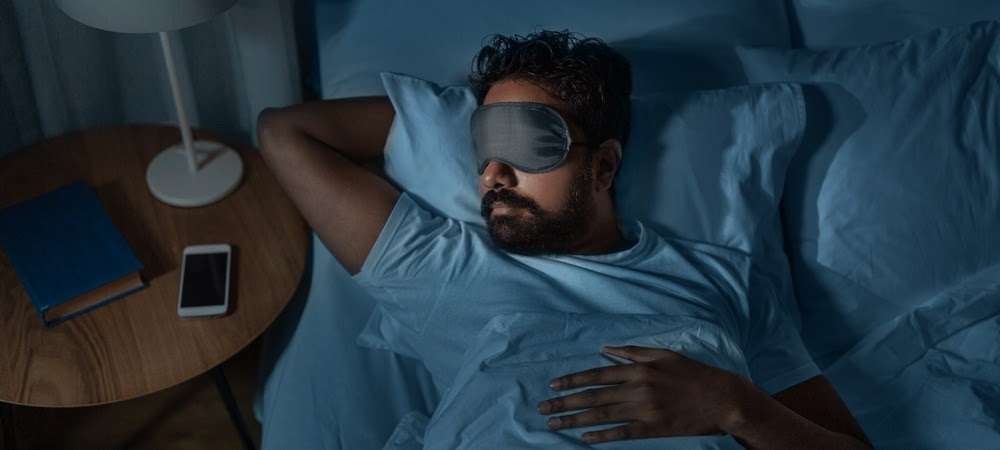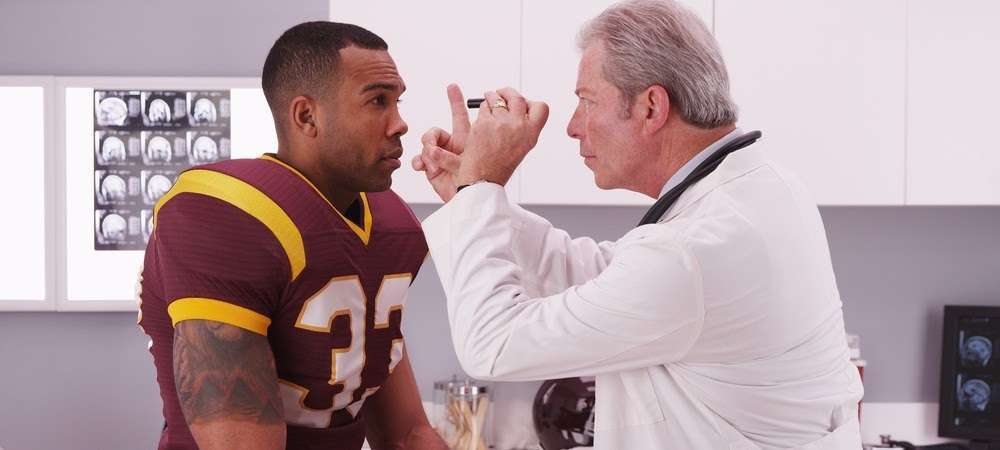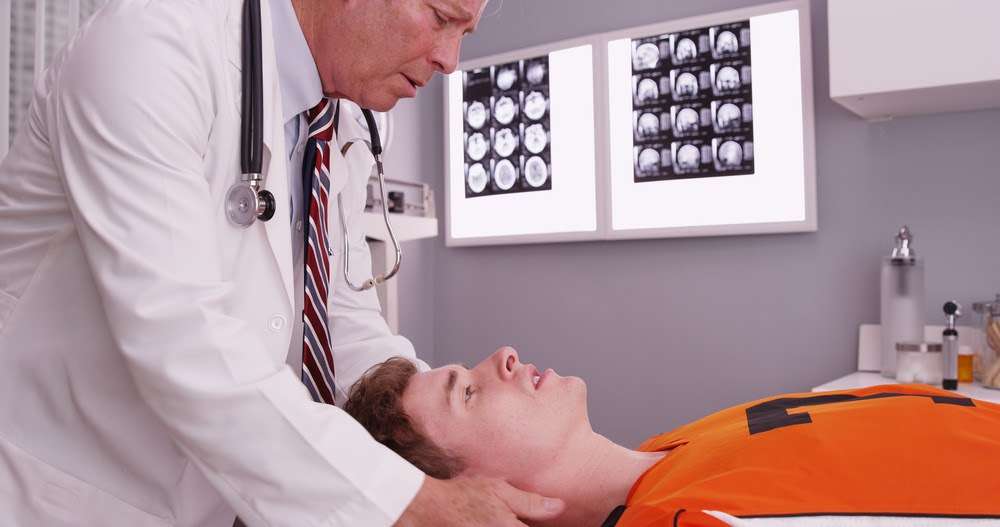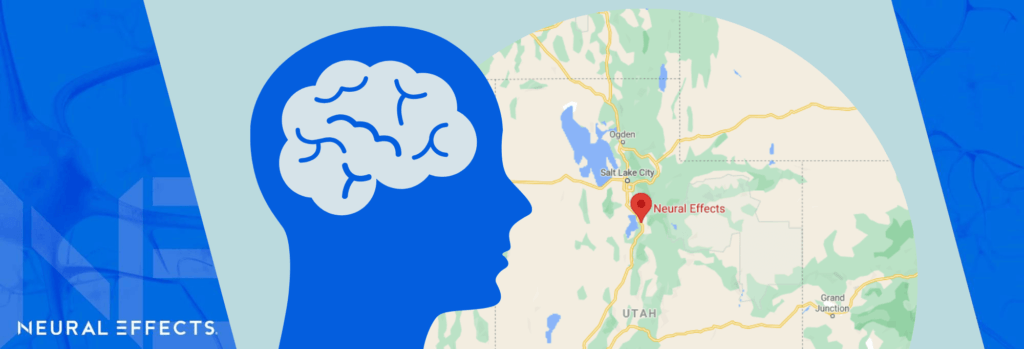You might think all concussion clinics are the same. They’re not. Many only offer diagnostic and monitoring services but not treatment. And of the ones that do offer treatment, the type of treatment you get can vary greatly in quality and quantity. Many clinics haven’t kept up with the latest research on concussions.
The vast majority of concussion clinics in Utah don’t offer treatment. And the ones that do typically outsource it to other locations.
So how do you find a good concussion clinic? What should you do if you need a more active approach to concussion care?
In this article, we’ll explain:
- What is a concussion and what consequences it can have?
- Who should seek treatment and which type of treatment is appropriate for acute concussion?
- The different types of concussion clinics.
- What types of questions to ask the clinic when selecting a treatment provider?
If you live in Provo, Salt Lake City, or anywhere else in the Utah valley area, we can help you recover from your concussion and reduce your chance of long-term symptoms. We are in network for most types of medical insurance. Schedule your evaluation today.
What Is a Concussion, Anyway?
A concussion is a mild traumatic brain injury. Injury occurs when the head is jolted violently enough for the brain to shift inside the skull and leads to bruising, damaged blood vessels, and damaged neural pathways. It can come from a car accident, sports injuries, falls, whiplash, and other similar situations.

While a concussion is classified as a mild traumatic brain injury (mild TBI), that doesn’t mean you shouldn’t take it seriously. In over 30% of concussion patients, symptoms can often be debilitating and may even last a lifetime if left untreated.
Concussion symptoms can come in many forms. Some of these symptoms happen immediately while others may not show up for a while. Here’s a list from Cognitive FX that breaks down the symptoms of a concussion based on when they might appear:
Immediate Symptoms | Early or Delayed Symptoms |
|
|
When concussion symptoms last for longer than three to six months, the diagnosis changes to post-concussion syndrome (PCS). Post-concussion syndrome usually does not resolve with time. Instead, it requires active treatment for patients to start feeling better. We have more information about where to get treatment for post-concussion syndrome later in this post.
Can Concussions Be Treated with Therapy?

If you’ve had a concussion, you’ll benefit from active therapy. But until recently, medical consensus preferred a passive approach to concussion recovery called “cocooning.” Cocooning means that the patient goes into a quiet, dark room to wait for their symptoms to go away.
There’s a problem, though: According to an extensive study of electronic health records, up to 30% of people who suffer a concussion will have symptoms that last longer than three months. So for roughly a third of concussion patients, the wait-and-see approach will inevitably lead to a search for some form of treatment.
In 2016, Dr. Leddy et al published a paper that concluded that prolonged rest after a concussion slowed recovery. Instead, they observed that controlled, active concussion programs could improve concussion recovery.
Theirs isn’t the only study to reach this conclusion. Yet even today, many general healthcare professionals and even some sports medicine physicians still recommend the wait-and-see approach because it’s what they were taught decades ago in medical school.
So for those concussion patients waiting for weeks (if not longer) in a dark room to feel better, not only are their odds of recovery no greater than 70%, but active therapy could actually speed up their recovery times. Research by Dr. John J. Leddy on a group of 103 adolescent athletes who sustained sports-related concussions (SRC) found that those who did supervised, low-level aerobic exercise shortly after injury recovered four days faster than those who were only allowed to do stretching exercises.
In other words, concussion experts have demonstrated that active therapy, which does incorporate closely monitored aerobic exercise, can reduce recovery time and the chances of experiencing long term symptoms.
Why Does Active Treatment Work?
Remember how concussion can cause bruising and inflammation in your brain? That interferes with the brain’s neurovascular coupling, which is the relationship between neurons and the blood vessels that supply them with oxygen and other nutrients as needed.
The result is some brain regions that don’t engage when they should, and some regions that do too much — either because they use too many resources for the job or take on a larger share of the brain’s tasks than they should to make up for underperforming brain regions. These hyperactive and hypoactive brain regions are behind many concussion symptoms.
Ideally, neurovascular coupling returns to normal given enough time, but that doesn’t always happen. You can encourage healthy neurovascular coupling — and thus restored brain function — via exercises that activate multiple parts of the brain.
Getting blood flowing to the injured regions of the brain is a key component of the healing process after a brain injury. So, as an example, active therapy may combine gentle cardio exercise with complex mental tasks. The exercise oxygenates the blood above its usual levels, and the complex mental tasks will then ensure oxygenated blood is delivered to the specific areas of the brain that require healing. Repeating this process over time helps restore proper neurovascular coupling function.
Active therapy can help with vestibular and vision-related concussion symptoms, too.
Vision-related concussion symptoms, such as blurry or double vision, can be caused by dysfunction in the muscles and nerves around the eye or by a brain processing issue. Exercises designed to strengthen and retrain the muscles around the eyes (and strengthen their connection to the brain) can restore proper function and alleviate vision-related symptoms.
Symptoms such as dizziness, nausea, vertigo, and headaches result from a dysregulation in the vestibular system (the system commonly referred to as the “inner ear,” which controls our balance and the perception of our body’s position in space). Active concussion therapy can include exercises designed to get the eye, brain, and vestibular systems synchronized again. Once these systems have healthy communication, most symptoms go away.
As you can see, active therapy is much more intentional and proactive than the passive wait-and-see approach. And that’s why it improves your odds of a complete and speedy recovery.
What to Expect from Different Concussion Clinics
Now that we’ve seen a difference in types of treatment, let’s consider the types of concussion clinics you may encounter when searching for care.
Traditional Concussion Clinic

The old approach to concussion management often involves your primary or pediatric care provider telling you to rest. If that fails, they might refer you to a concussion clinic. Sometimes doctors will instruct you to start gradually increasing activity, but if you don’t have a therapist to monitor you, you may return to regular activity too soon. Both approaches — no activity, or too much activity too soon — can be harmful and increase symptoms.
A concussion clinic is an improvement over this because it can provide an official diagnosis and may refer you to a physical therapist, vision therapist, and/or vestibular therapist (all separate treatment providers in separate offices!). These clinics may offer baseline testing for athletes who need a quick way to determine if they’ve gotten a sports concussion after a hit to the head. They often provide student athletes with safe return-to-play monitoring and approval after a head injury.
But you’ll notice that most clinics don’t provide any therapy to address the root causes of concussion symptoms (note that physical therapy is just one aspect of good treatment).
And on top of that, in the time it takes to get multiple referrals, it could be weeks before you see a physical therapist for actual treatment. And since few therapists specialize in traumatic brain injury, it’s not uncommon for concussion patients to get appointments with well-meaning physical therapists who don’t fully understand their needs.
If you’re considering one of these clinics, it’s important to ask questions about the treatment offered so you know what type of care you’ll be getting. We’ve included a list of the best questions to ask at the end of this post.
Active Recovery Clinic (Neural Effects)
Neural Effects provides active concussion treatment beginning as early as the day of the concussion. We’ve outlined the recovery process in detail in the article below:
Active Rehabilitation of Concussion: How to Accelerate Your Recovery from a Head Injury
Here’s a quick look at what patients at Neural Effects can expect:
- A complete concussion evaluation during initial onboarding.
- An all-in-one treatment location versus traveling to multiple facilities for different therapies.
- Treatment beginning immediately after initial onboarding.
- Cardio and breathing techniques designed to bring oxygen to the brain.
- Vision and vestibular therapy to get both systems recalibrated and working together.
- Neuromuscular therapy (for example, balancing on a Bosu ball while playing word games).
- Homework (Neural Effects therapists train you on exercises to promote brain health at home).
A typical concussion treatment plan includes three sessions a week for two weeks. Remote therapy sessions are available after the initial concussion evaluation. Patients complete a post-concussion symptom scale at the beginning and end of each appointment so we can track progress over time.
If you are looking for a concussion clinic in Utah, Neural Effects can help you recover from your concussion and reduce your chance of long-term symptoms. We are in network with most medical insurance plans. Schedule your evaluation today.
Post-Concussion Syndrome Treatment at the Cognitive FX Clinic
When concussion symptoms last for longer than three months, the diagnosis changes to post-concussion syndrome (PCS). Treatment for PCS has many similarities with acute concussion treatment, but it is more intense and more closely tailored to regions of the brain impacted by the injury. The Cognitive FX clinic specializes in PCS treatment. Learn more about their treatment program here.
Questions to Ask before Selecting a Concussion Clinic
So how do you tell the difference between a good clinic and one that may not help you enough, especially since active treatment is so rare? Use this list of questions to evaluate any concussion clinic you’re considering:
- Do you use a multidisciplinary treatment approach? Concussion treatment based on the latest medical understanding will use a multidisciplinary approach.
- What types of therapy do you offer? Some concussion clinics don’t provide any therapy. Does the clinic provide therapies that address neurovascular coupling dysregulation? Do they offer ocular and vestibular rehabilitation?
- Do you recommend cocooning? Cocooning is an out-of-date treatment option. If a clinic recommends this, they aren’t providing the latest in concussion treatment therapy. Look for a clinic that tells you cocooning is no longer the best treatment option.
- Is all treatment in the same facility? Many concussion clinics operate by referring patients to outside providers. In these situations, it’s easy for patients to fall through the cracks. Look for a clinic that offers all therapy options in the same facility and completed by one cohesive team. You’ll be more likely to improve when there’s a team working together to ensure your success.
- Do you offer remote treatment options? Utah is a unique state. It’s not uncommon to drive long distances to get groceries, let alone medical care. Being able to attend your treatment virtually can save you hours of travel time and increase your chances of completing effective therapy sessions. (Note that not all treatment can be done remotely, so this depends on your situation.)
Neural Effects Sets the Standard for Active Concussion Treatment in Utah

The Neural Effects concussion clinic provides the latest in active concussion therapies. We’re the most advanced concussion treatment clinic in Utah (barring Cognitive FX for post-concussion syndrome treatment).
If you think Neural Effects is right for you, schedule your evaluation today. The sooner you come in for evaluation and treatment, the sooner we can help you start feeling better. Treatment at Neural Effects is covered by most insurance providers, including Regence BlueCross BlueShield, Aetna, SelectHealth, Medicare, and many more.
